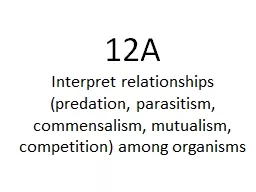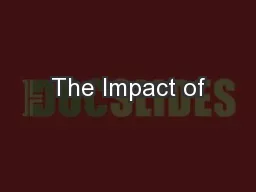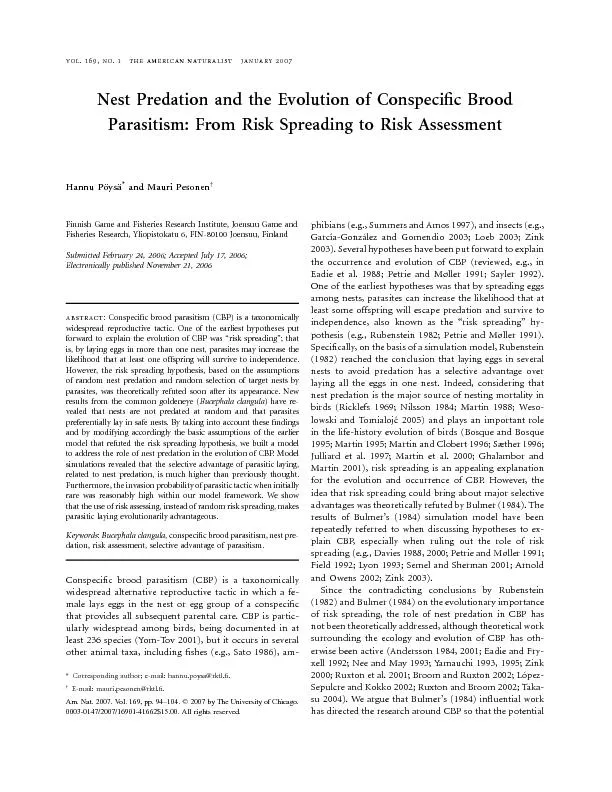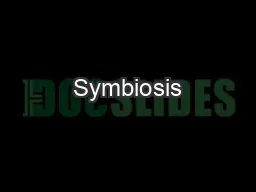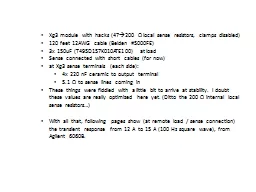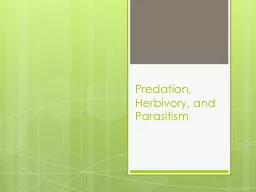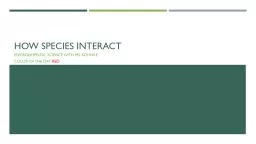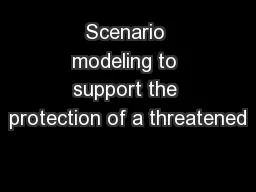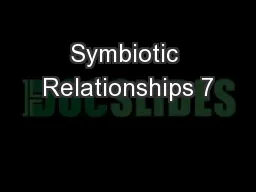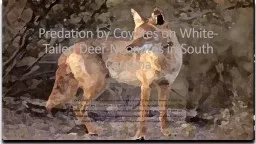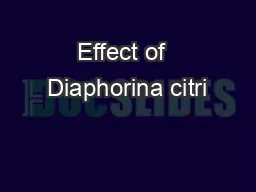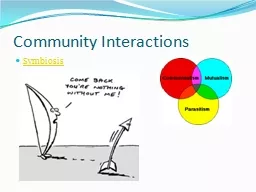PPT-12A Interpret relationships (predation, parasitism, commens
Author : myesha-ticknor | Published Date : 2016-06-08
An organisms role in its environment An organisms habitat is the area where it lives In any environment every species fills a unique niche A niche includes the
Presentation Embed Code
Download Presentation
Download Presentation The PPT/PDF document "12A Interpret relationships (predation, ..." is the property of its rightful owner. Permission is granted to download and print the materials on this website for personal, non-commercial use only, and to display it on your personal computer provided you do not modify the materials and that you retain all copyright notices contained in the materials. By downloading content from our website, you accept the terms of this agreement.
12A Interpret relationships (predation, parasitism, commens: Transcript
Download Rules Of Document
"12A Interpret relationships (predation, parasitism, commens"The content belongs to its owner. You may download and print it for personal use, without modification, and keep all copyright notices. By downloading, you agree to these terms.
Related Documents

